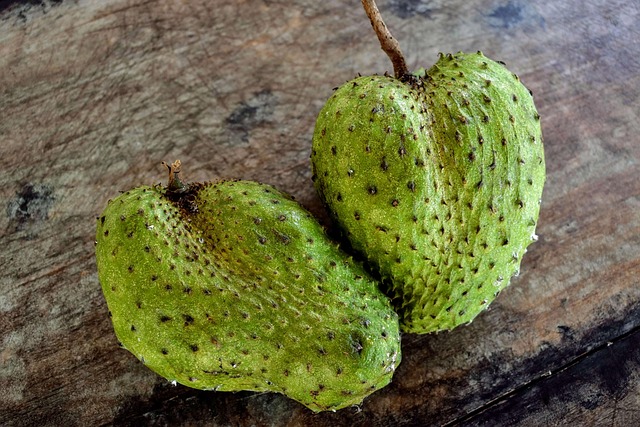⚠️ What Is DEET and Why Is It Dangerous?
DEET was developed by the U.S. Army in 1946 and has since been a primary ingredient in most insect repellents. Although effective at deterring mosquitoes, ticks, and other pests, DEET has been linked to several health concerns:
- Neurotoxicity: Studies show that DEET can affect the nervous system, leading to headaches, tremors, and even seizures in extreme cases (NCBI study).
- Hormone Disruption: DEET can interfere with hormone signaling pathways, especially in children and pregnant women.
- Carcinogenic Potential: While the EPA has not officially classified DEET as a carcinogen, animal studies raise red flags about prolonged exposure increasing cancer risk.
- Skin Irritation: DEET can cause burning, rashes, and even chemical burns, especially in high concentrations.
🌿 Natural Mosquito and Bug Sprays That Work
Fortunately, nature provides powerful, safer alternatives to chemical-based repellents. Several studies have confirmed that plant-based oils and extracts can be just as effective—and without the toxic side effects.
Shop for this organic mosquito spray here
Recommended Natural Ingredients in Bug Sprays:
- Witch Hazel – Used as a base with astringent and antimicrobial properties.
- Apple Cider Vinegar – Natural insect repellent with skin-soothing benefits.
- Essential Oils – The key active ingredients that provide the actual repellent effect.
🌱 Top 3 Essential Oils That Naturally Repel Mosquitoes
-
Lemongrass Oil
Contains high levels of citral and geraniol—compounds proven to repel mosquitoes for up to 2–3 hours. Lemongrass oil also has a refreshing scent that masks human body odor, which attracts bugs.
-
Eucalyptus (Especially Lemon Eucalyptus Oil)
Approved by the CDC as a natural mosquito repellent, lemon eucalyptus contains PMD (para-menthane-3,8-diol), which has shown to be just as effective as DEET in studies.
-
Lavender Oil
Known for its calming scent, lavender also repels mosquitoes, flies, and even ticks. It’s gentle enough for children and offers antifungal and antibacterial properties.
✅ DIY Natural Bug Spray Recipe
Here’s a quick homemade bug spray you can try today:
- 1/2 cup witch hazel here
- 1/2 cup distilled water
- 30 drops of lemon eucalyptus oil
- 15 drops of lavender oil
- 15 drops of lemongrass oil
- Optional: 1 tbsp apple cider vinegar
Mix in a glass spray bottle and shake well before each use. Avoid eyes and open wounds.
Conclusion: Rethink Your Bug Spray
Choosing a natural insect repellent isn’t just about avoiding bites—it’s about protecting your long-term health. DEET-based sprays may seem convenient, but the risks often outweigh the benefits. By switching to natural solutions, you can stay safe, eco-friendly, and toxin-free.
Always patch-test essential oils before full application and consult a healthcare professional if you’re pregnant or have allergies.

